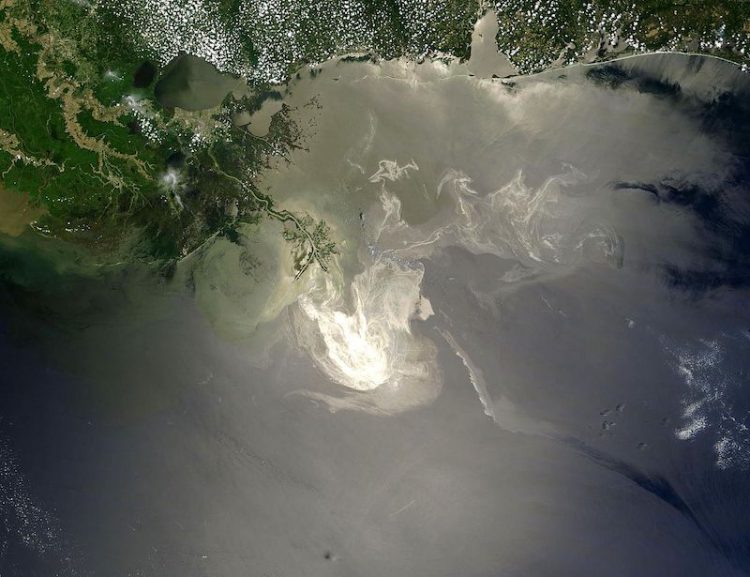Full Title: Integrating socioeconomic impacts into fisheries restoration decisions
This project scoped and designed socioeconomic research to inform restoration planning decisions made for pollution incidents in the Gulf.

Lead Investigator: Lydia Olander, Nicholas Institute, Duke University, lydia.olander@duke.edu
Natural Resource Manager: John W. Barco, NOAA Office for Habitat Conservation, Restoration Division
Project Team: David Yoskowitz (Harte Research Institute, Texas A&M University, Corpus Christi); Alejandra Mickle, Jeff Smith, and Kristen Kaufman (NOAA Office for Habitat Conservation, Restoration Division); and Travis Grout (ERT, Inc., in support of NOAA Office for Habitat Conservation)
Federal Program Officer/Point of Contact: Frank Parker (frank.parker@noaa.gov)
Award Amount: $121,735
Award Period: September 2021 – August 2023
Why it matters: When an oil spill or hazardous waste release occurs, it can injure fish populations that are targeted by recreational and subsistence fishers. Parties responsible for these incidents can be held accountable for natural resource injuries and the lost use of the injured resources. The Damage Assessment, Remediation, and Restoration Program (DARRP) team at NOAA works to assess and restore natural resources after oil spills, ship groundings, and hazardous waste releases. To effectively describe injuries that result from pollution incidents and address them through restoration, DARRP experts need to understand impacts on injured fish and their supporting habitats and the value local fishers place on those fish.
What the team did: The project team reviewed past studies that explored the impacts on oil spills on fish and how past spills have been managed to build a stronger shared understanding of the management decisions that need to be made and to assist in refining research questions related to those decisions. A workshop with DARRP practitioners and modeling experts was held to discuss research gaps and refine the scope of the project. The team also enhanced their understanding of the ecosystem services provided by nearshore essential fish habitat with the goal of improving damage assessments.
Summary of outcome: The project team created a concept called “Human Impact-Shed” which uses geographic boundaries to identify underrepresented fishers in order to increase engagement. This concept will enable the integration of fisher perspectives and values into the DAARP decision‐making process. The project team also developed a research and development plan on how to effectively engage fishers throughout the DAARP process.
Not applicable
Not applicable
Applying GEMS with the NOAA Restoration Center, Nicholas Institute for Energy, Environment, and Sustainability
Not applicable
 Official websites use.gov
A .gov website belongs to an official government organization in the United States.
Official websites use.gov
A .gov website belongs to an official government organization in the United States.
 Secure .gov websites use HTTPS
A lock or https:// means you’ve safely connected to the .gov website. Share sensitive information only on official, secure websites.
Secure .gov websites use HTTPS
A lock or https:// means you’ve safely connected to the .gov website. Share sensitive information only on official, secure websites.